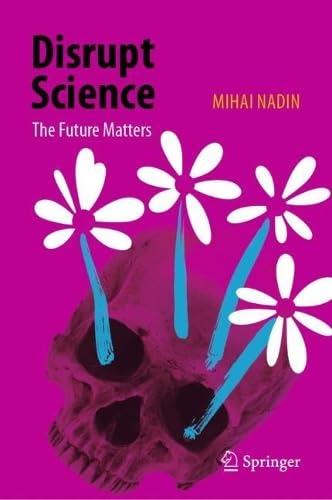A Symposium: Anticipation, Time and the Virtual Experience
February 6th 2008: 3:00–6:00 PM Hosted by the Rachofsky House 8605 Preston Rd. Dallas, TX 75225 PDF antEÌ – Institute for Research in Anticipatory Systems at the University of Texas at Dallas is organizing an international symposium on one of the most critical aspects of anticipation. The knowledge of time lags behind scientific progress; too […]
February 6th 2008: 3:00–6:00 PM
Hosted by the Rachofsky House
8605 Preston Rd.
Dallas, TX 75225
PDF
antEÌ – Institute for Research in Anticipatory Systems at the University of Texas at Dallas is organizing an international symposium on one of the most critical aspects of anticipation. The knowledge of time lags behind scientific progress; too often the understanding of time is reduced to the operational notion of interval. The need to acknowledge the various aspects of time (time scale, synchronicity, non-linearity, etc.) stems from our understanding of anticipation as an autonomic characteristic of the living underlying evolutionary processes. In particular, the symposium will focus on the new experiences of the virtual within which anticipation plays an important role.
The virtual: that which displays the dynamic qualities of the real, without being itself the real it re-creates.
Scientists, artists, and economists are among those taking advantage of the new technologies that allow us to gain knowledge about our world by investigating its virtual expression. The virtual experience—be it conceiving new materials or medicines, performing surgery, or imagining new worlds and new forms of interaction—is becoming part of our life. Teaching and learning in the virtual is no longer an exotic application: Second Life is now part of many people’s broader experience of reality. We no longer need buildings in order to learn; rather, virtual interactive environments for acquiring knowledge through shared interactive experiences.
This being the case, the virtual experience, which is mediated by computational means, and different from direct real experience, presents us with an opportunity for investigation. Time is probably the place to start, since there is a great difference between the clocks that help us manage intervals as we live our lives and the clock (or many clocks) ticking in the virtual.
The virtual experience is, at least at first impression, dominantly a visual experience. It consists of perceiving images and acting upon them. What makes this different from the visual experiences we are used to is the merging and transformation of several dimensions of time. The time in which the image is generated (generally the past) and the time in which the image is perceived or acted upon (the viewer’s present) correspond to different time scales. As such, a virtual experience could be defined as Uchronic—out of time,
of no-time, or of an alternative time—because it cannot be precisely inserted in the traditional flow of time embedded in the deterministic sequence from past (where causes reside) to future (where effects are expected).
The virtual experience seems to introduce the plasticity of time: a repeatable present (images are continuously generated), redefined by itself as we experience the virtual as our own living time, and no longer a time predicated upon ourselves by exterior forces. Yes, the virtual has aesthetic characteristics that inform scientists and artists in their exploration of new worlds, and of new forms of human interaction. The plasticity of time, once better understood, can benefit the researchers of the living, of the physical, of the arts, as well as those involved in social endeavors (social engineers).
For questions or suggestions contact Professor Frank Dufour (frank.dufour@utdallas.edu)
or Professor Mihai Nadin (nadin@utdallas.edu)
Posted in Anticipation, Archives, LectAnticipation, Lectures/Presentations

 Disrupt Science: The Future Matters
Disrupt Science: The Future Matters